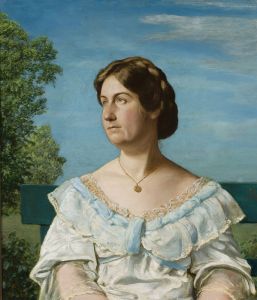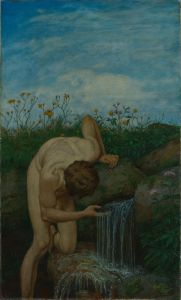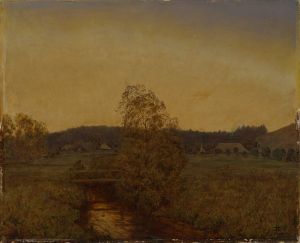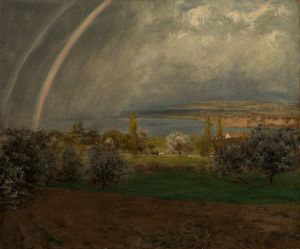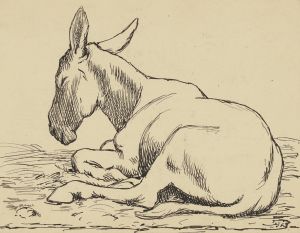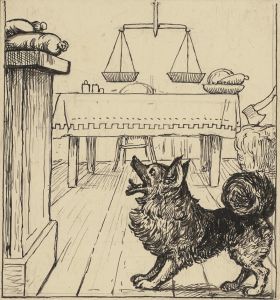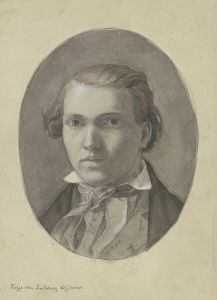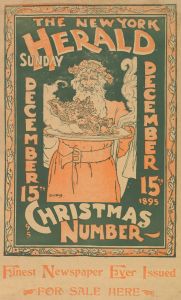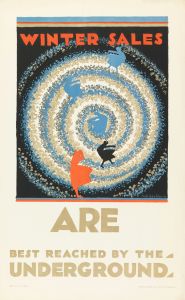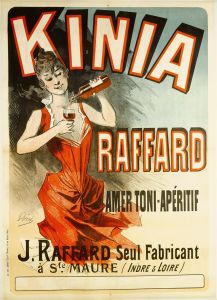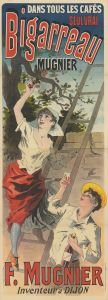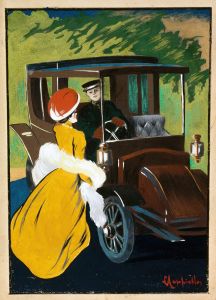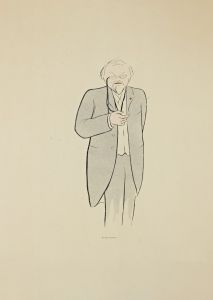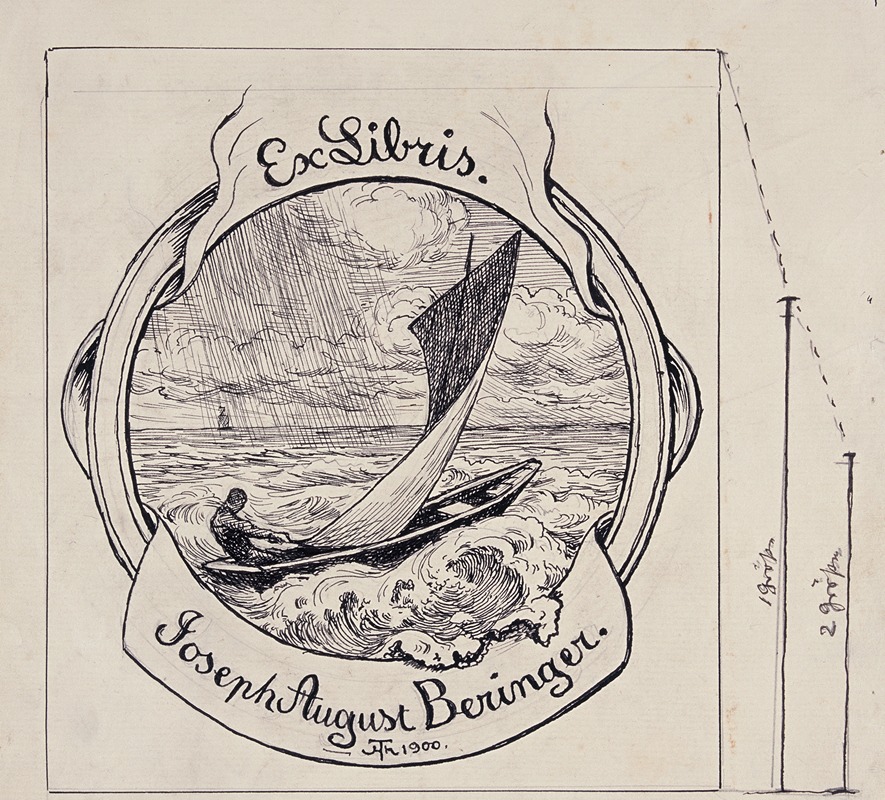
Design for the bookplate
A hand-painted replica of Hans Thoma’s masterpiece Design for the bookplate, meticulously crafted by professional artists to capture the true essence of the original. Each piece is created with museum-quality canvas and rare mineral pigments, carefully painted by experienced artists with delicate brushstrokes and rich, layered colors to perfectly recreate the texture of the original artwork. Unlike machine-printed reproductions, this hand-painted version brings the painting to life, infused with the artist’s emotions and skill in every stroke. Whether for personal collection or home decoration, it instantly elevates the artistic atmosphere of any space.
Hans Thoma was a renowned German painter and graphic artist, known for his contributions to the art world during the late 19th and early 20th centuries. One of his notable works is the "Design for the Bookplate," which showcases his unique style and artistic vision. Bookplates, also known as ex libris, are labels affixed to books to indicate ownership, often featuring intricate designs and motifs that reflect the owner's personality or interests.
Thoma's design for the bookplate is a fine example of his ability to blend traditional and contemporary elements, creating a piece that is both functional and aesthetically pleasing. The artwork typically features detailed imagery, often incorporating natural elements such as plants, animals, or landscapes, which were common themes in Thoma's broader body of work. His style is characterized by a meticulous attention to detail and a harmonious composition, which can be seen in the balanced arrangement of elements within the bookplate design.
Hans Thoma was born on October 2, 1839, in Bernau in the Black Forest region of Germany. He initially trained as a painter in Karlsruhe and later moved to Düsseldorf, where he was influenced by the Düsseldorf school of painting. Thoma's career took a significant turn when he moved to Munich and became associated with the Munich Secession, a group of artists who sought to break away from traditional academic art and explore new artistic expressions.
Throughout his career, Thoma was known for his versatility, working in various mediums including painting, printmaking, and illustration. His work often drew inspiration from German folklore, mythology, and the natural beauty of his homeland. Thoma's art is noted for its clarity, precision, and the ability to evoke a sense of nostalgia and connection to nature.
The "Design for the Bookplate" reflects Thoma's interest in the decorative arts and his skill in creating intricate, meaningful designs. Bookplates were a popular form of personal expression during Thoma's time, and artists like him played a crucial role in elevating them to an art form. Thoma's contribution to bookplate design is a testament to his ability to adapt his artistic talents to various forms and functions.
Hans Thoma's legacy as an artist is marked by his dedication to capturing the essence of the German landscape and spirit through his work. His bookplate designs, though perhaps not as widely recognized as his larger paintings, remain an important part of his artistic output, showcasing his ability to infuse everyday objects with beauty and meaning. Thoma passed away on November 7, 1924, in Karlsruhe, leaving behind a rich legacy of art that continues to be celebrated for its technical skill and emotive power.





